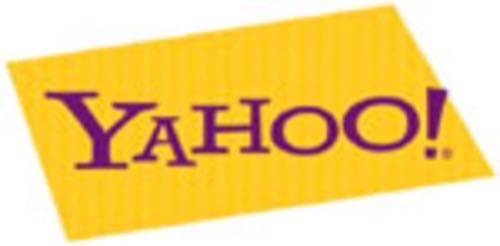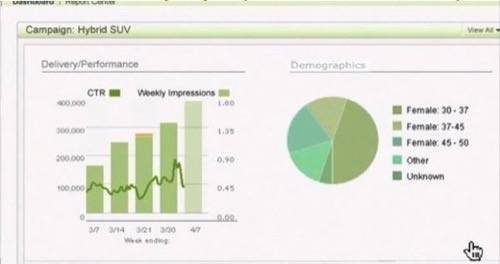The latest punch thrown in Yahoo!’s fight to stay relevant and avoid a take over by Microsoft is their unveiling of their new ad management software, named AMP!, which will ship this summer. Though pay-per-click text ads remain Google’s (and thus the online ad industry’s) bread and butter, there has been a lot of movement around online display advertising over the past year, an area which Yahoo! is currently top dog. Since the beginning of 2007, Microsoft bought aQuantive for $6 billion, Google acquired DoubleClick for $3.1 billion, AOL built up its Platform A with acquisitions of Tacoda, and Quigo, WPP spent $649 million to purchase 24/7 Real Media, and Yahoo! itself paid $680 million for Right Media. And now with AMP!, is Yahoo! actually opening up their ad silo?

Yahoo!’s AMP! platform will enable buyers to purchase ads across a network of sites and target them behaviorally based on information Yahoo! gathers on visitors to its own content sites and those of partners. Publishers can user AMP! to form private networks, and ad networks can fill out their inventory by hooking into the software via API.
Initially, AMP! will be rolled out on Yahoo!’s newspaper alliance which posts some 600 members including the New York Daily News, the fifth largest paper in the US.

Perhaps the most compelling aspect of AMP! is the talk of an open API for networks. “For ad networks, we believe AMP! will accelerate a free market economy for advertising,” wrote Yahoo! in a press release. “With core relationship management built into the platform, ad networks can expand their businesses by connecting to advertisers, publishers, agencies, and other ad networks all through an easy interface.”
In February, Emre Sokullu proposed on this blog and alternative plan for Microsoft to go after Google that involved splitting up the advertising atom. In essence, Sokullu said that to take on Google, a company that has access to a large amount of ad inventory, has to offer that inventory up to third party networks to sell with their own targeting perameters. “In an open advertising model, the inventory silo, placement silo, and parameter silo are controlled by many different organizations, which can interact with each other and create advertising mashups,” he wrote.
Is that what Yahoo! is essentially doing with AMP!, or are the APIs going to enable something more akin to the ad marketplace we see already with Yahoo!-owned Right Media? Yahoo! says that AMP! will allow “ad networks, through an open set of APIs, to innovate on top of the transparent marketplace.” It will be interesting to see what exactly that means. A video introducing AMP! from Yahoo! is embedded below.










